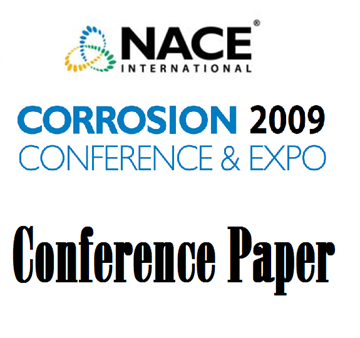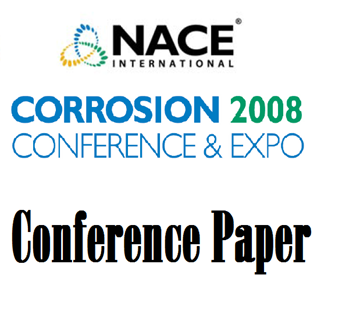Search
09341 Effect of Ageing and Hydrogen on Facture Mechanics and CVN Properties of 2,25Cr1Mo Steel Grades - Application to MPT Issues
Also Purchased
09348 Prevention of External Chloride Stress Corrosion Cracking of Austenitic Stainless Steel with a
Product Number:
51300-09348-SG
ISBN:
09348 2009 CP
Publication Date:
2009
$20.00
08559 Effect of Hydrogen on Mechanical Behavior for 2,25Cr1Mo Grades (Standard and Vanadium Added
Product Number:
51300-08559-SG
ISBN:
08559 2008 CP
Publication Date:
2008
$20.00
08454 Stress Relaxation Cracking Of Welded Joints In Thick Sections Of Type-347 Stabilized Grade Of Stainless Steel
Product Number:
51300-08454-SG
ISBN:
08454 2008 CP
Publication Date:
2008
$20.00




